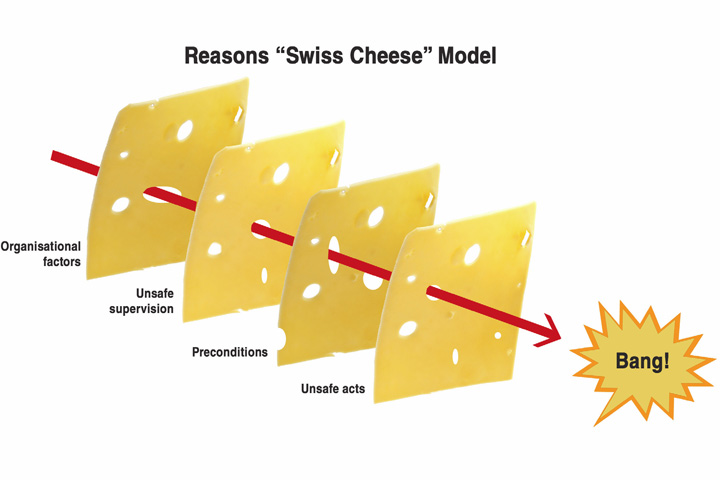The OGM Interactive Edition - Summer 2023 - Read Now!
View Past IssuesYour cultures influence what we see, hear, feel, think, and say. Perhaps most importantly, they influence our everyday decision making and behaviors of people in all organisations; it’s these behaviors that ultimately drive our safety and performance outcomes.
Strong safety cultures exist where leaders demonstrate safety as their principle value, ensuring everyone is aware of known work place hazards while remaining vigilant to minimizing new threats. These cultures encourage employees to be empowered to make safe decisions, and employees feel compelled to report all safety hazards.
Where the organisation is in tune with maintaining a strong safety culture, it will evaluate all decisions to ensure that risk is identified and mitigated. It sets performance measures that provide visibility of the company’s current culture state in order to identify areas of opportunity and to manage safety in advance to avoid accidents from occurring.
In high-risk industries, there are two kinds of accidents: accidents that happen to individuals and accidents that happen at an organizational level. Individual accidents are more frequent and the consequences can be significant to those affected such as a worker injury or fatality. Organisational accidents are rare but the outcomes can be widespread. These accidents typically involve catastrophic events such as explosions or fires. These accidents have been found to have multiple contributing factors and involve many people operating at different levels within the respective company.
All organisations in these high-risk industries will have a safety culture to a certain degree. While some may have healthy and positive cultures, others may have poor or degrading cultures. Negative safety culture dimensions degrade the organisational safety system’s controls and increase the likelihood that there will be weaknesses that result in failures.
Recognizing this phenomenon, the psychologist James Reason identified a series of cultural threats that act to degrade existing safety defenses. Specifically, he references work pressure, complacency, normalization of deviance, and tolerance of inadequate systems and resources. These cultural threats are not simply the absence of positive safety culture dimensions but unique and separate dimensions that increase the risk of an organisational accident occurring.
It was Reason who initially developed the accident trajectory model commonly referred to as the “Swiss Cheese” model. It is widely used to explain how an accident trajectory forms prior to an organisational accident.
His model contends that defense against organisational accidents requires several layers of overlapping and mutually supporting protection. Protection layers are technical, organisational, and people-based controls such as technical devices, physical barriers, protective equipment, system design, regulatory
surveillance, rules and procedures, training, and supervision.

His framework suggests that a positive safety culture is an informed culture in which everyone understands and is wary of hazards in the operating environment. In order to have an informed culture, an organisation must also have several supporting sub-cultures.
In addition to an informed culture, Reason suggests that a positive safety culture requires a strong degree of flexibility where the organisation and the people in it are capable of adapting effectively. The company must have systems in place to manage complex technology and to constantly meet the ever changing demands on its industry.
The probability of an accident occurring is determined by the degree of completeness of an organization’s defense layers. When organisational deficiencies develop, the resulting gaps affect the safety system’s integrity over time. These vulnerabilities can lead to the system being compromised allowing a number of seemingly insignificant failures in each protective layer to create a possible accident trajectory resulting in catastrophic losses (human process and environmental).
Did you enjoy this article?